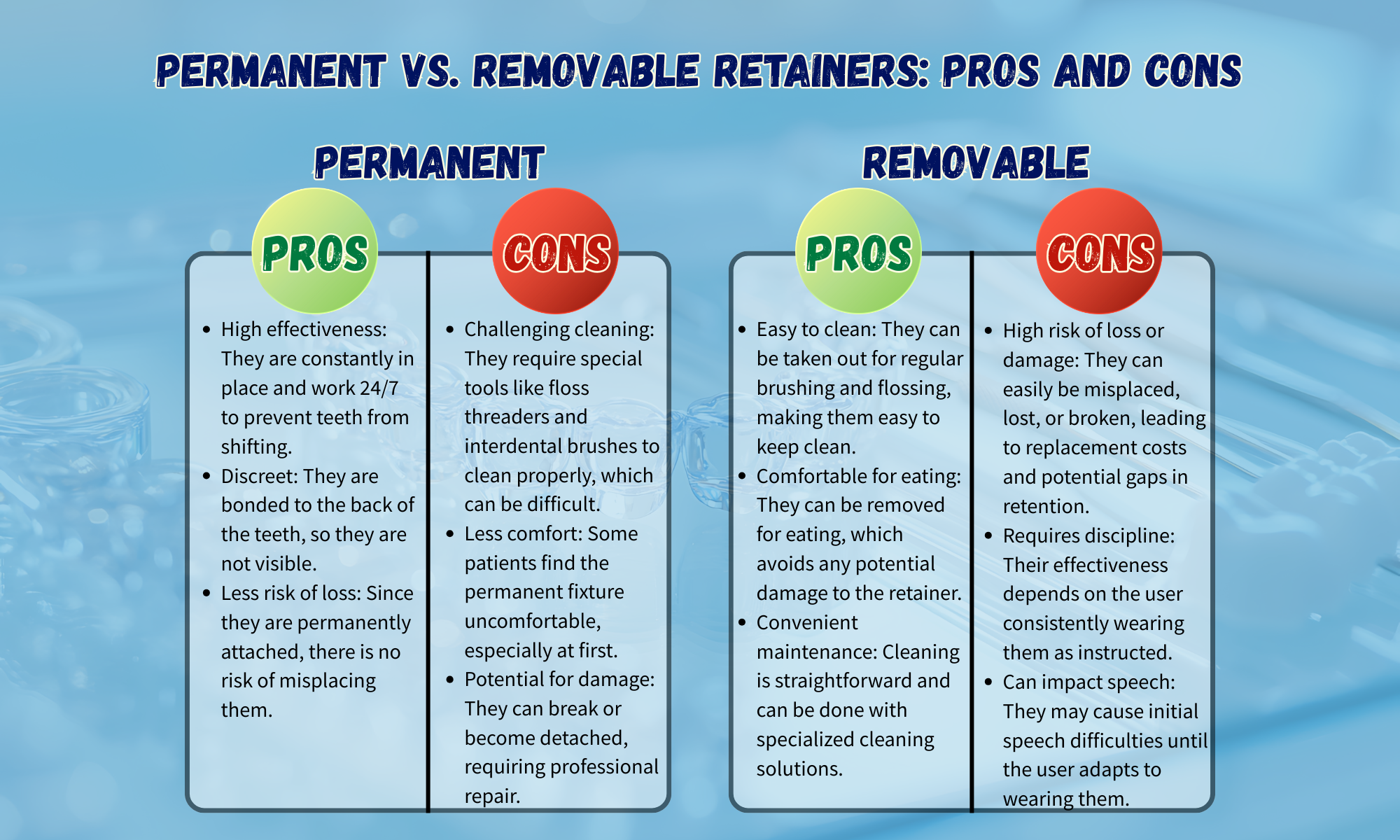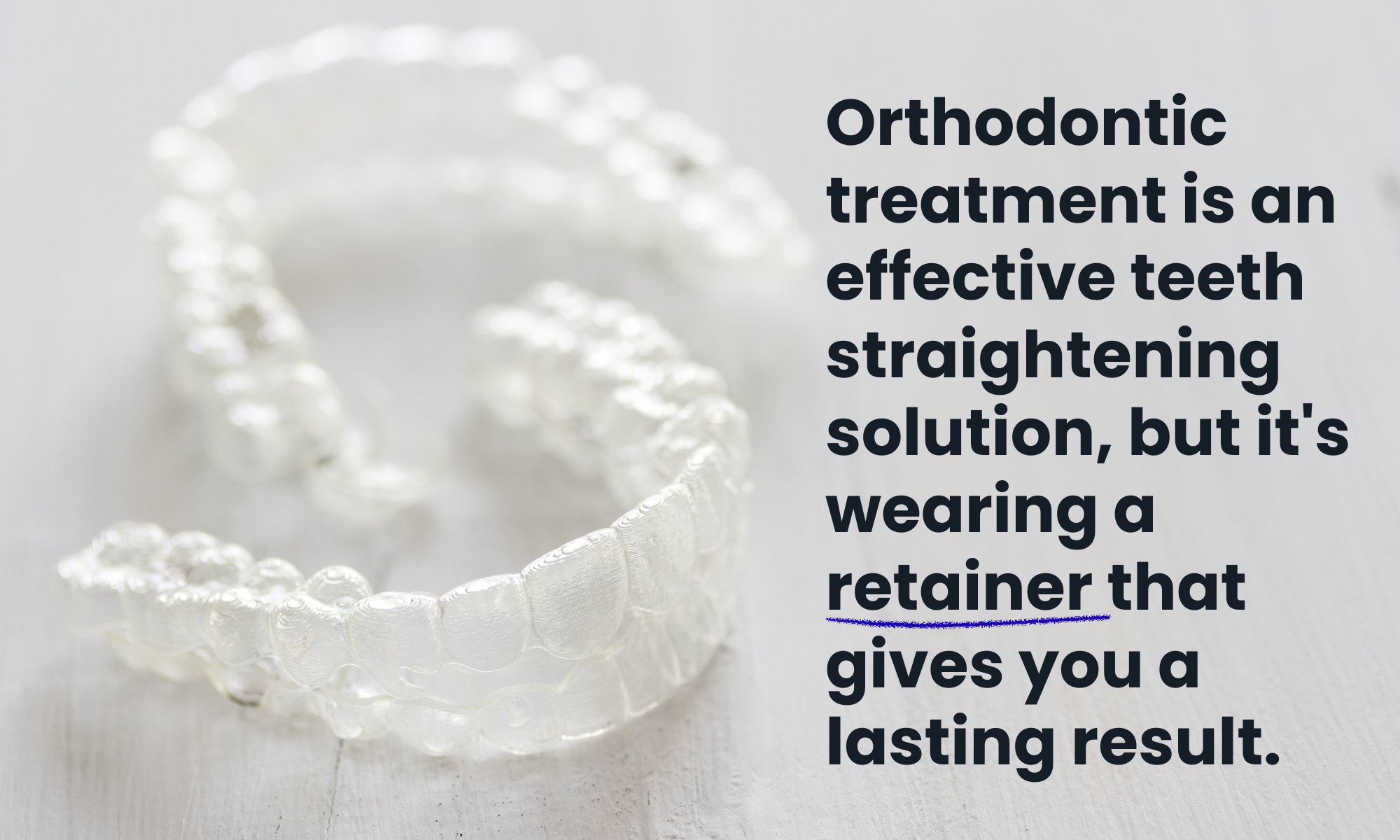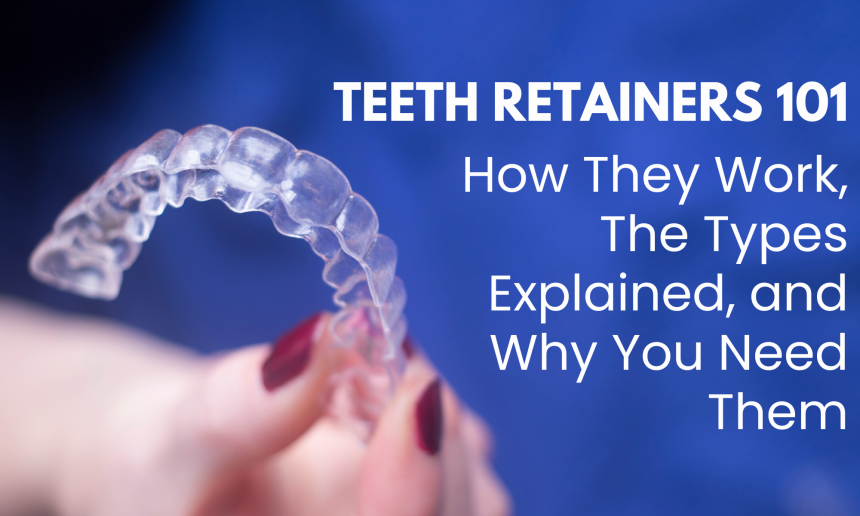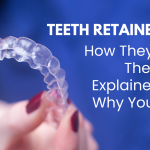Congratulations, you’ve completed your orthodontic treatment! You’ve put in the time and effort with braces or clear aligners, and now you have the straight, beautiful smile you always wanted. However, the journey isn’t over yet. The crucial final step in maintaining your stunning results involves a small, custom-made device: the dental retainer. If you’ve ever wondered what comes after braces, you’ll be happy to learn what do retainers do to secure your perfect alignment. They are, in essence, the long-term insurance policy for your newly corrected teeth, ensuring all that hard work and investment pays off for years to come.
The Science Behind the Straight Smile: How Retainers Work
To truly appreciate the value of a retainer, it helps to understand what happens after braces are removed. During orthodontic treatment, braces apply constant, gentle pressure to move your teeth into new, straighter positions. This process doesn’t just involve the teeth; it also affects the surrounding structures. The bone, ligaments, and gums that hold your teeth in place are flexible and dynamic. Once the pressure of the braces is gone, these supporting tissues haven’t fully solidified and have a sort of “muscle memory,” meaning they naturally want to pull your teeth back to their original, pre-treatment positions. This phenomenon is called orthodontic relapse.
This is where the retainer steps in. A retainer is a custom appliance, molded precisely to the shape of your teeth in their new, corrected position. By wearing it as prescribed by your orthodontist, the retainer performs two vital functions:
- Retention: It physically holds the teeth in their current alignment, resisting the natural forces that cause them to shift.
- Stabilization: It gives the bone and ligament fibers surrounding the teeth time to rebuild, firm up, and fully adapt to the new, corrected position. This process of stabilization is key to long-term success.
Simply put: Braces move your teeth; retainers keep them there.
Understanding Retainer Types: Fixed vs. Removable
Orthodontists generally prescribe one of two main categories of retainers, each with its own advantages and maintenance requirements. The best choice for you will depend on your specific treatment, your orthodontist’s recommendation, and your lifestyle.

1. Removable Retainers
Removable retainers offer the flexibility to take them out for eating, brushing, and flossing. There are two primary sub-types:
- The Hawley Retainer (Wire Retainer):
- Design: This is the most traditional type. It consists of a thin metal wire that runs across the front of your teeth and is anchored by an acrylic or plastic plate that sits against the roof of your mouth (upper arch) or along the inside of your lower arch.
- Pros: They are very durable and can often be adjusted by an orthodontist if minor tooth movement occurs. They also allow the upper and lower teeth to settle into a natural bite without a layer of plastic separating them.
- Cons: They are more visible due to the metal wire and can sometimes affect speech initially. Since they are removable, they are also easier to lose or damage if not stored properly.
- The Essix or VFR Retainer (Clear Plastic Retainer):
- Design: These are made from clear, molded plastic that fits snugly over your entire arch of teeth, similar to clear aligners.
- Pros: They are virtually invisible, making them highly aesthetic and a popular choice for adults and teens. They tend to be comfortable to wear and cover the biting surfaces, which can offer some protection against teeth grinding (bruxism).
- Cons: They are less durable than Hawley retainers and may need to be replaced more frequently (every few years) as the plastic can wear down, warp, or discolor. They can also trap liquids against the teeth, so maintaining excellent oral hygiene is essential.
2. Fixed Retainers
Fixed retainers are also known as bonded, permanent, or lingual retainers because they are cemented directly to the teeth.
- Design: A thin, custom-fitted wire is bonded to the back surface (lingual side) of your front teeth, typically the lower six or upper four teeth.
- Pros: They are completely invisible to others, require zero compliance as they are permanently in place, and are highly effective at preventing relapse in the teeth they cover. They are excellent for patients who might be prone to forgetting to wear their removable retainer.
- Cons: Cleaning can be more challenging, as you must use special tools (like floss threaders or interdental brushes) to clean the wire and the spaces between the teeth, increasing the risk of plaque buildup if hygiene is neglected. If the bond breaks or the wire bends, it requires an immediate visit to the orthodontist for repair.
The Critical ‘Why’: Why You Need a Retainer
The necessity of wearing a retainer cannot be overstated. Orthodontic treatment is a major investment of time, money, and effort, and without a retainer, that investment is at significant risk. Here are the key reasons why your retainer is essential:
Preventing Relapse
As mentioned, your teeth have a “memory” of their former, crooked positions. The most significant movement, or relapse, occurs in the first few months to a year after braces are removed. Wearing a retainer during this critical phase and beyond is the only way to counteract the natural tendency of your teeth to shift back.
Bone and Tissue Adaptation
The time immediately following the removal of braces is an active period of bone remodeling. The bone and fibrous tissues are healing and tightening around the newly positioned teeth. A retainer serves as a splint, holding the teeth perfectly still while the supporting structures stabilize. Without this support, the healing process can lead to undesirable tooth movement.
Natural Changes Over a Lifetime
Even people who have never had braces experience slight tooth shifting as they age. This is due to natural aging processes, changes in the jawbone, daily forces from chewing, and general wear and tear. Wearing a retainer, often just at night after the initial full-time period, is a simple, proactive way to minimize these natural changes and ensure your smile remains straight for decades.

Avoiding Costly Retreatment
The alternative to consistent retainer wear is often a dental relapse significant enough to require retreatment, which could mean another round of braces or aligners. Wearing a retainer is a small, low-cost commitment compared to the significant expense and time of repeating your full orthodontic journey.
Retainer Maintenance and Wear Schedule
The frequency and duration of retainer wear are always determined by your orthodontist, as every patient is different. However, a general timeline often follows these stages:
- Full-Time Wear (Initial Phase): For the first few months (usually 4 to 12 months), you will likely be instructed to wear your removable retainer full-time, only taking it out to eat, brush, and play contact sports. Fixed retainers, of course, are worn 24/7.
- Nightly Wear (Long-Term Phase): After the initial full-time phase, your orthodontist will typically reduce your wear time to just at night. This is often recommended for several years, if not indefinitely, to ensure permanent stability.
Proper Care is Non-Negotiable:
| Retainer Type | Cleaning Instructions | Important Notes |
|---|---|---|
| Removable | Brush daily with a soft toothbrush and mild soap or non-abrasive cleanser. Avoid hot water, which can warp the plastic. | Always store in its case when not in your mouth. Never wrap in a napkin! |
| Fixed | Use floss threaders or special interdental brushes daily to clean thoroughly under the wire between each tooth. | See your dentist and hygienist for regular professional cleaning to manage tartar buildup. |
Final Thoughts
The decision to wear a retainer is simple: it is the difference between temporary straight teeth and a lifetime of a beautiful, aligned smile. The retainer is not an option; it’s a mandatory, final phase of your orthodontic treatment. By understanding how they work and committing to the prescribed wear schedule and maintenance, you are protecting a significant investment and guaranteeing your gorgeous smile endures.
Lynn Martelli is an editor at Readability. She received her MFA in Creative Writing from Antioch University and has worked as an editor for over 10 years. Lynn has edited a wide variety of books, including fiction, non-fiction, memoirs, and more. In her free time, Lynn enjoys reading, writing, and spending time with her family and friends.















